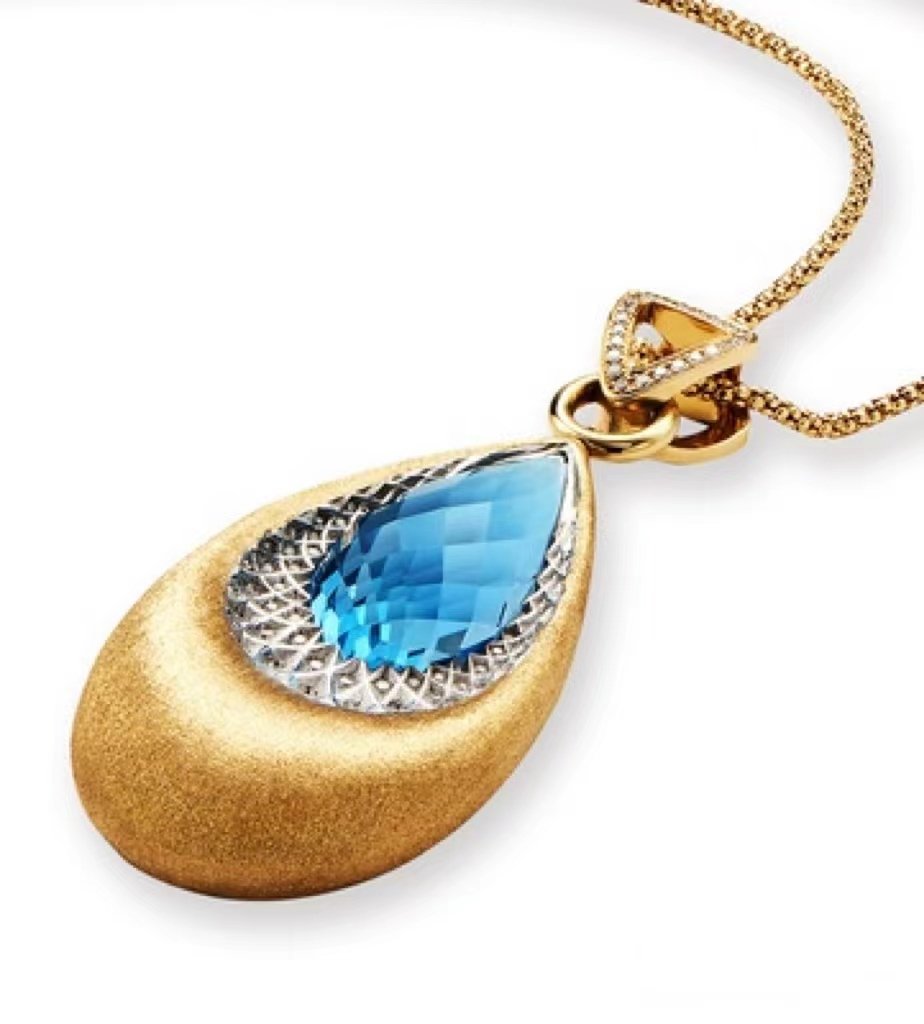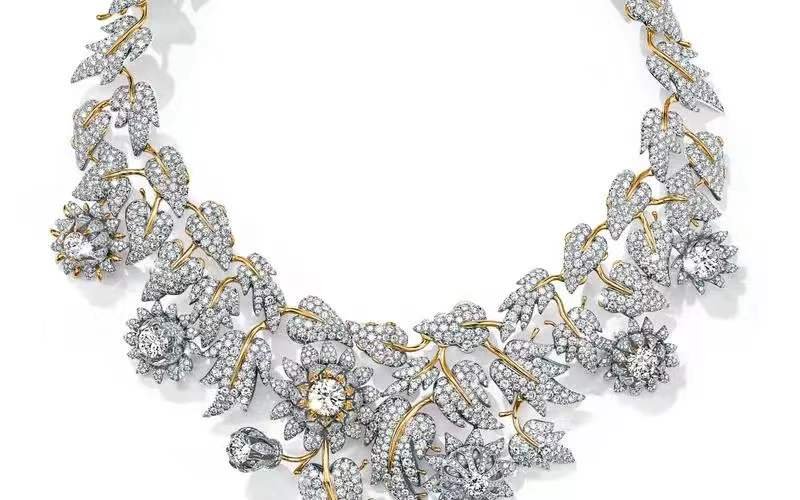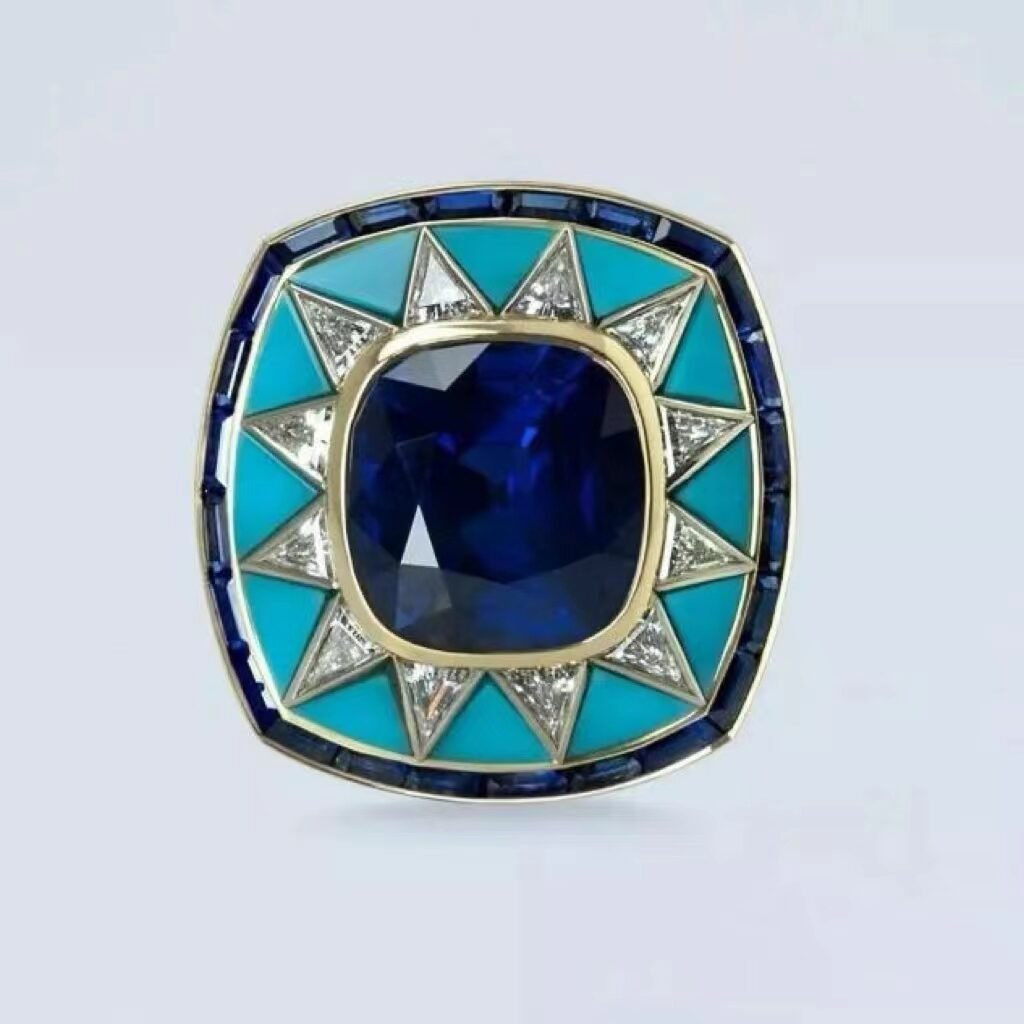Jewelry is a high-value item; some delicate jewelry pieces are also highly collectible. If you want to collect a piece of jewelry, you can judge it from the following 7 points.
1. Unique design and craftsmanship

Some fine jewelry pieces have unique designs and craftsmanship that may have been carefully designed and made by famous designers or renowned jewelry-making artisans and therefore have high artistic and collector’s value.
2. Rare gemstones and precious materials

The setting materials of fine jewelry are generally gold and white gold, which preserve value. In addition, rare gemstones and high-quality diamonds are the preferred materials with collection value. Usually, gemstones are characterized by large grains and high clarity. Take a diamond ring, for example; it is made of metal and diamonds. The collection value of a diamond ring made of gold + 5 carats of high-quality diamonds is greater than that of sterling silver + 50 points of general-quality diamonds.
3. History and cultural background

If a piece of jewelry contains a historical story, this jewelry is undoubtedly collectible. Just like antiques handed down, the rarer, the more precious. Jewelry auctions are no stranger to everyone. Some ordinary-looking jewelry can fetch a hundred times or more, mainly because it has a historical background. For example, Napoleon’s engagement ring, and the passing of the First Empire of France, this diamond ring’s popularity is renowned and passed down to this day.
4. Artistic sense

Jewelry, on the one hand, reflects identity and status; on the other hand, it also plays a decorative role. Therefore, the importance of beauty and art becomes extremely important. The effect is different if a rare gemstone is made with random accessories and a jewel is made with detailed inlay according to the gem’s shape. The latter is more pleasing to the eye, so the value is higher than made with random accessories. Collectible jewelry often has a soul and exudes a unique ornamental value from the inside out.
5. Brand premium

Brand as a symbol, representing a specific cultural connotation, is a symbol of identity and taste; brand goodwill gives the brand a bonus; the more significant the fame, the higher the premium. Like some international brands, such as Cartier, Tiffany, Van Cleef-Arbor, and Bulgari, the selling price of their goods is not only the material price of jewelry but also the brand’s premium price. Because the cost of these jewelry brands is very high, many people need help to afford to buy them. However, secondhand goods are more affordable and cost-effective, do not have to spend too high prices to purchase brand-name jewelry. Cheap consumers can find what they want from secondhand jewelry. Antique jewelry carries a particular history and cultural connotation of humanity, which is also a favorite factor. In this regard, Western consumers pay more attention to the artistic value of antique jewelry and value its collection value.
6. The price of jewelry

Of course, the most central thing that impresses consumers of used jewelry is the price. The jewelry market thrives with economic prosperity, and when people are rich, they will consume jewelry. The more prosperous the economy, the more successful the jewelry market is; then, regardless of the size of the jewelry brand, jewelry will have a premium; the more successful the market, the higher the general premium. Conversely, the colder the market, the lower the premium. In the 1980s to 1990s, it was the time of rapid economic development in Japan and Taiwan, when people consumed much jewelry. In recent years, the economy of these places has been in the doldrums, and the jewelry market has been depressed; many jewelry owners, and even jewelers, want to liquidate the jewelry on hand; these goods are less expensive than the new goods on the market, which attracts some consumers. As jewelry from decades ago, when their purchase price was lower than now, used jewelry is profitable when cashing in. Hence, jewelry owners are happy to sell for cash.
7. Durability of jewelry

Many jewels are durable and will not deteriorate over decades or centuries. For example, diamonds, rubies, sapphires, emeralds, cat’s eyes, jadeite, and Hetian jade. Although experienced for a long time, the quality of this jewelry has stayed the same. The surface of the precious metal may be worn out, the seams of the jewelry hide dirt, and some accessories and settings are loose at the mouth. Usually, these old jewels are repaired, polished, cleaned, and do other refurbishment work, and they shine like new. Of course, this work is done in a factory by professional technicians. The durable nature of jewelry also gives jewelry its collector’s value of preserving and appreciating it. However, not all jewelry varieties have durability, like African opal and topaz. They are easily dehydrated; pearls are easy to weather, amber, fragile, and cracked. Some Jewelry knowledge is the jewelry expertise that buyers should master. At the same time, it is also essential to carefully observe whether the jewelry is damaged or broken when shopping for secondhand jewelry.
It is important to note that market factors greatly influence the value of jewelry collections and therefore require knowledge of factors such as market direction and price trends. Identifying and assessing the value of jewelry requires professional knowledge and skills. It is recommended to seek professional advice and assistance when collecting jewelry to ensure the authenticity and weight of the collection.